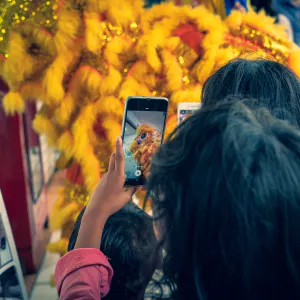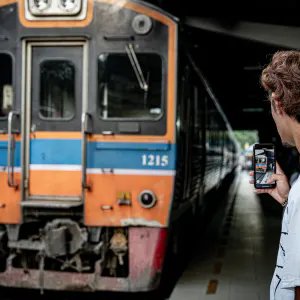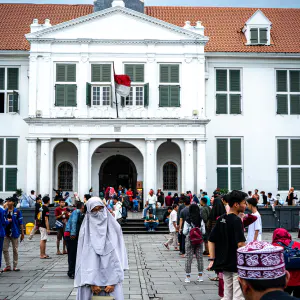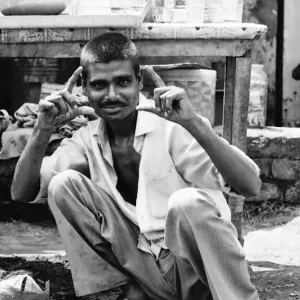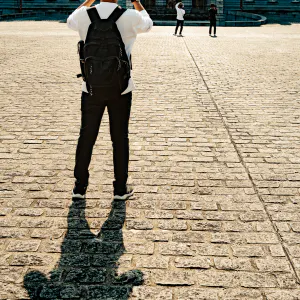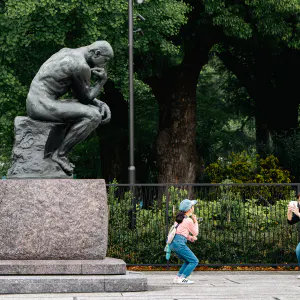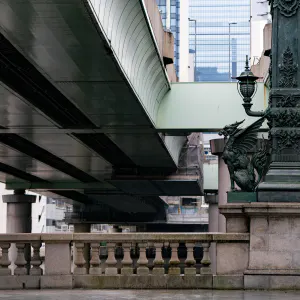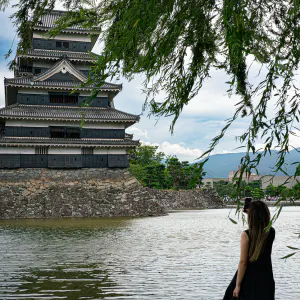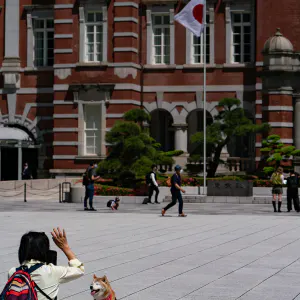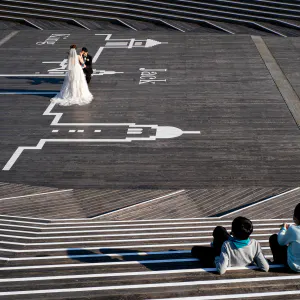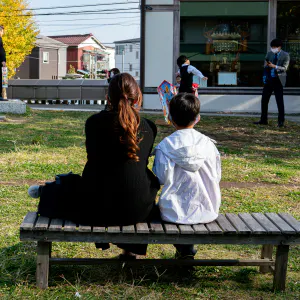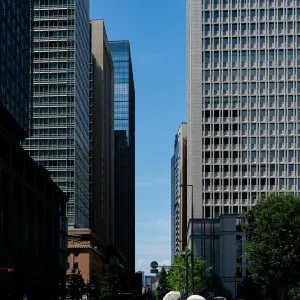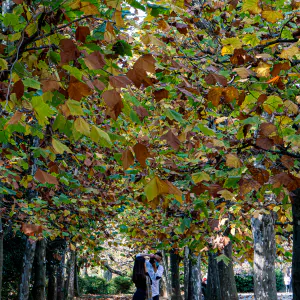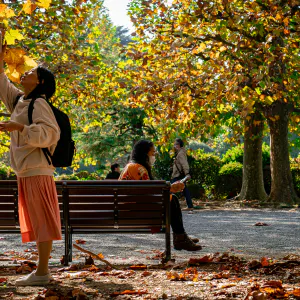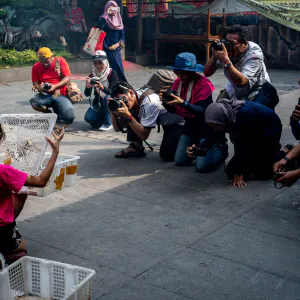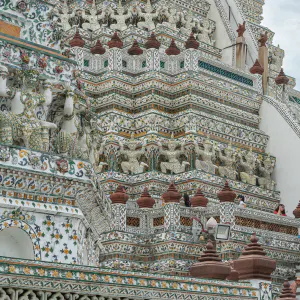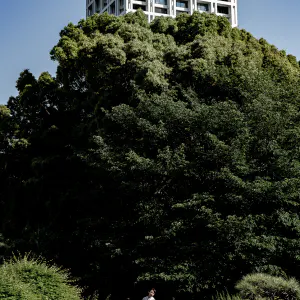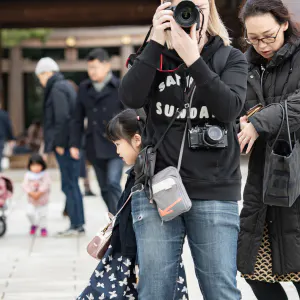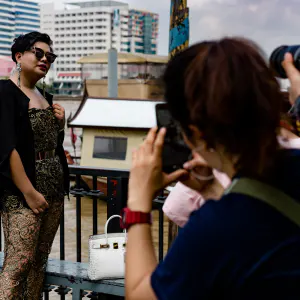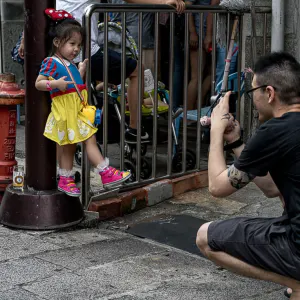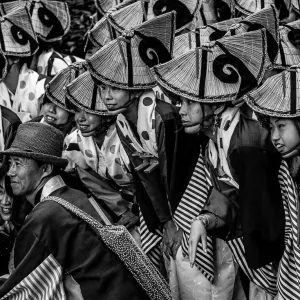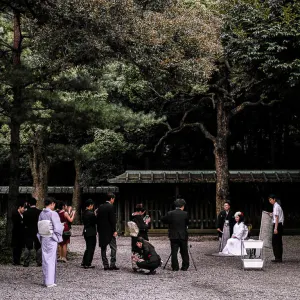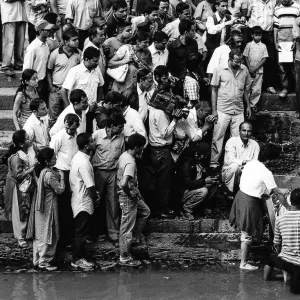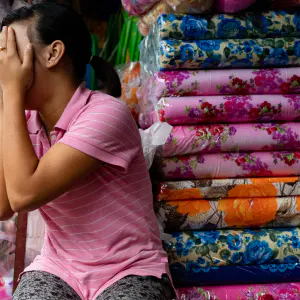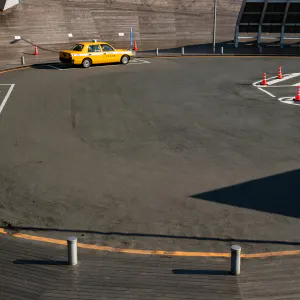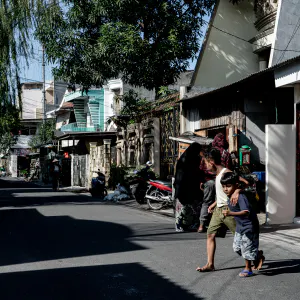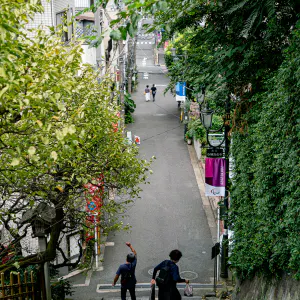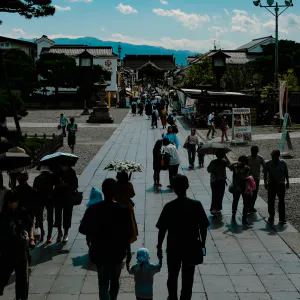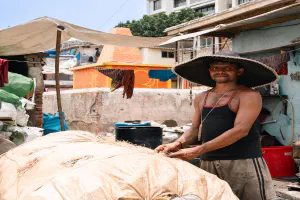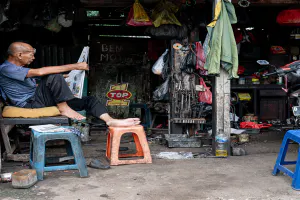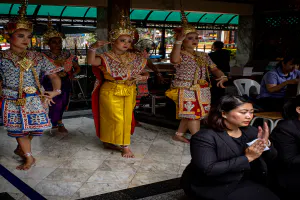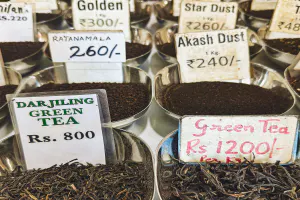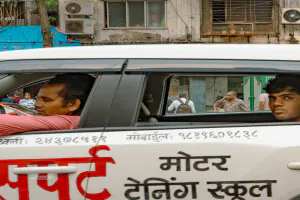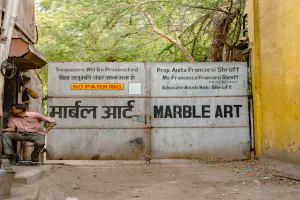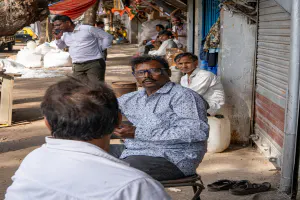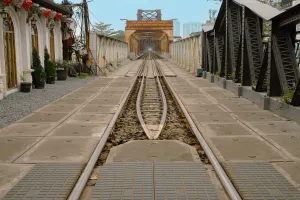At the India Gate, a tourist attraction, many people were taking selfies
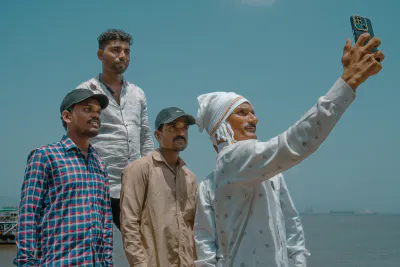
Among Mumbai’s most iconic landmarks is the Gateway of India. Though it now stands at the edge of the city, this site once served as Mumbai’s "maritime gateway" during the British colonial era. It was the first structure seen by British governors and dignitaries arriving in Mumbai by ship. Built in 1924 to commemorate the visit of King George V and Queen Mary, the Gateway of India stands as a reminder of a colonial past.
What’s particularly fascinating is how the city itself transformed after gaining independence. The name "Bombay," tied to its colonial history, was changed to "Mumbai," a name rooted in the local Marathi language. This renaming symbolized a break from colonial rule and a reclaiming of cultural identity. Given this context, one might expect the Gateway of India—an emblem of colonial dominance—to be viewed with disdain. But surprisingly, it’s not.
Instead, the Gateway of India remains one of the country’s most beloved tourist attractions. Visitors from across India flock to this landmark, snapping selfies and group photos in front of its towering arch. The men in the photo I observed were no exception, standing beside the monument with smartphones in hand, capturing the moment. Whether they were aware of the historical significance of the structure or not, its majestic presence continues to captivate people to this day.
| Feb 2025 INDIA PEOPLE | |
| CAP CELL PHONE CHECKERED SHIRT MAN MUMBAI SHOOTING |
PHOTO DATA
No
12788
Shooting Date
May 2024
Posted On
February 4, 2025
Place
Mumbai, India
Genre
Candid Photography
Camera
SONY ALPHA 7R V
Lens
ZEISS BATIS 2/40 CF
